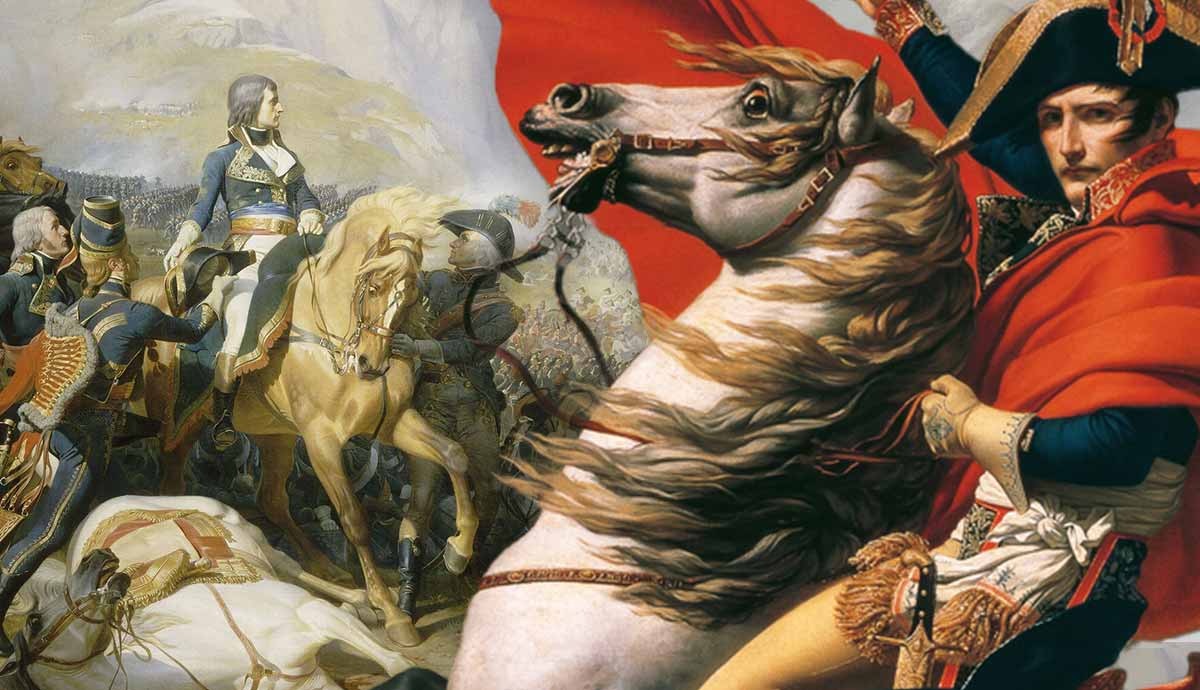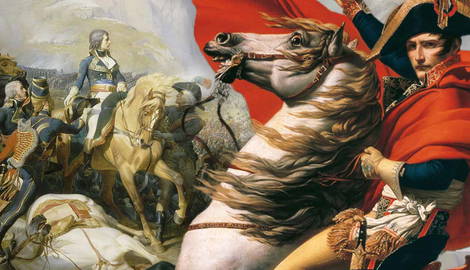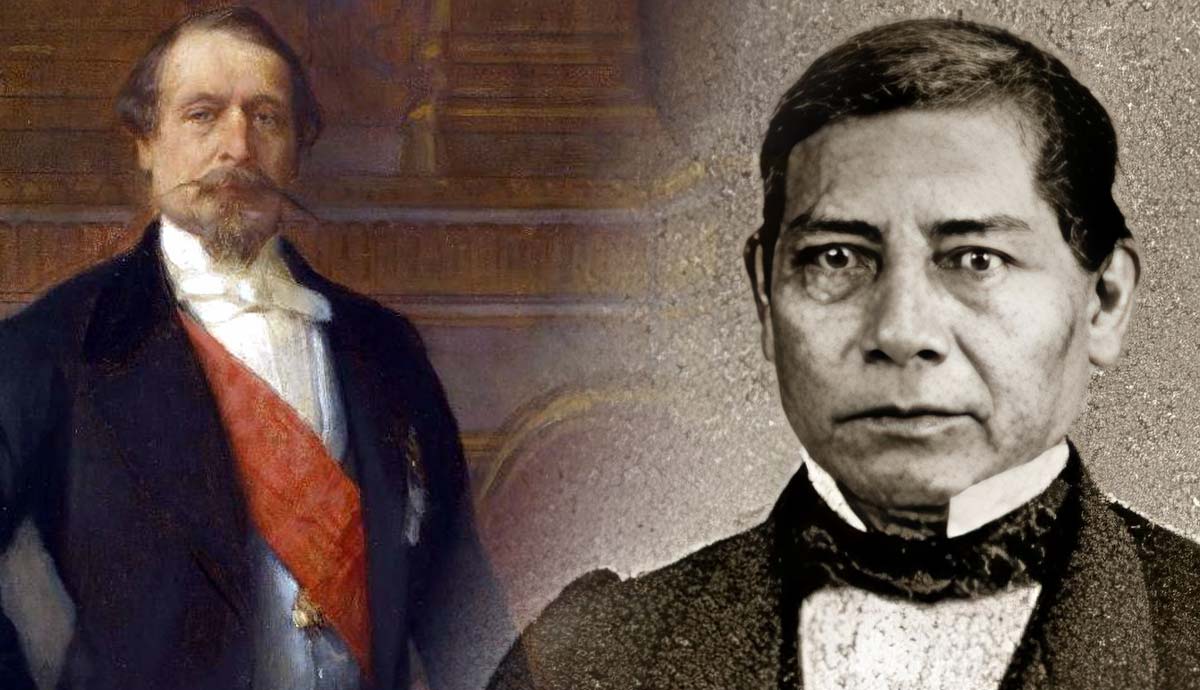
In March 1796, Napoleon Bonaparte assumed command of France’s Army of Italy. Revolutionary France’s government, the Directory, prioritized their forces fighting in Germany. In other words, Napoleon’s army tasked with invading northern Italy was initially more of a diversion in the larger military picture. However, Napoleon’s resounding victories over Piedmontese and Austrian forces soon captured the Directory’s attention and the public imagination in France. Within months of assuming command, the twenty-six-year-old Napoleon won a series of impressive battles and established the foundation of a successful propaganda machine to boost his image in France.
Historical Context of Napoleon’s Italian Campaigns

The first of several coalitions formed against revolutionary and later Napoleonic France took shape in 1792. Historian David Bell notes that French forces successfully resisted a Prussian attack at Valmy in September 1792 (2019, p. 12-13). As a result, a large coalition army of Prussians and Austrians supported by a French royalist force halted their invasion of France.
However, other European states organized a coordinated resistance to the nascent French Republic. Austria and Prussia were joined by the Dutch, British, Spanish, and several German and Italian states, including Piedmont and Naples.
By 1795, France conquered the Low Countries (Belgium and the Netherlands). Prussia and Spain made peace with France in the same year. Moreover, the French government planned a multi-pronged offensive against its most dangerous rival in the First Coalition, Austria.
The French Republic had multiple armies poised to strike against Austria in Germany as well as an army in northern Italy. As the Army of Italy’s artillery commander, Napoleon intensely studied maps and surveyed the landscape in northern Italy that would become the site of his legendary 1796 campaign.
Napoleon Takes Command

Only sixteen years after entering a military academy as a cadet, Napoleon, in March 1796, was on the verge of leading an army on the battlefield as a commanding general. David Bell explains that at the time of his appointment, Napoleon was a national hero for his role in recapturing Toulon in 1793. His fame and reputation grew after defeating a royalist uprising in Paris in 1795. But in 1796, Napoleon was still one of several popular French generals. However, in under four years, Napoleon, at age 30, would be France’s ruler (2019, p. 27).
Unfortunately for Napoleon, the present state of the Army of Italy was nowhere near as impressive as his personal meteoric rise. As historian Gregory Fremont-Barnes notes, the Directory largely neglected the Army of Italy at the expense of the other French field armies (2001, p. 37-38). For instance, the army lacked supplies like muskets and cannons, and some soldiers did not even have shoes.
As a result of this official neglect, the Army of Italy dwindled from roughly 100,000 troops to just 38,000. The French faced two enemy forces in northern Italy. Austrian commander General Johann Beulieu had roughly 30,000 troops scattered in the vicinity of Milan. Around the Piedmontese capital of Turin, General Colli commanded an army of about 25,000.
Piedmont was an uncomfortable ally of Austria, as the two states had long competed for control of northern Italy. However, a mutual fear and disgust with revolutionary France brought Piedmont and Austria together in the coalition to defeat the French.
Opening Moves

Historian Jeremy Black explains that Napoleon developed key characteristics of his generalship in the 1796 campaign, including rapid movement, self-confidence, decisive decision-making, and concentration of strength (2018, p. 122). In what would also become a familiar tactic, Napoleon set out to split coalition forces and defeat each opponent piecemeal.
In this case, Napoleon planned to prevent Austrian and Piedmontese forces from combining against the French. Once wedged between the Austrian and Piedmontese, Napoleon would first move against the Piedmontese before turning to destroy the Austrian army.
The uneasy Austrian-Piedmontese alliance contributed to the likelihood Napoleon’s plan would be met with success. For instance, Austrian and Piedmontese commanders had different strategic goals. For the Piedmontese, the strategic priority involved defending their capital, Turin, at all costs. Beaulieu and the Austrians, on the other hand, had to defend Milan and the line of communication back to Vienna.
Napoleon’s chief of staff, Alexandre Berthier, provided invaluable assistance in preparing and managing the campaign. Along with several other future marshals of Napoleon’s empire, including Jean Lannes, André Masséna, and Joachim Murat, Berthier became a close associate of Napoleon and distinguished himself in the 1796 campaign. Berthier rapidly scoured the southern French countryside for supplies to sustain the neglected Army of Italy.
Rejuvenated by Berthier’s logistical efforts, the Army of Italy received another boost from Napoleon’s next move. Napoleon knew the army’s morale would improve by taking the field against the Austrians and Piedmontese. As historian Andrew Roberts notes, Napoleon moved his army forward to Albenga on the Gulf of Genoa on April 5, 1796 (2014, p. 81).
Napoleon Routs Piedmont

While Napoleon moved his forces forward, Beaulieu sent Austrian troops westward to link up with Colli’s Piedmontese. Historian Gunther Rothenburg explains that in the twelve-day period between April 10 and 22, Napoleon crushed Piedmontese forces and won several battles against the Austrians (1999, p. 40).
As Roberts points out, although Napoleon was taken by surprise by the initial Austrian and Piedmontese movements on April 10, he soon regained the initiative. By the evening of April 11, the French had routed Austrian troops at Montenotte (2014, p. 83). Montenotte was Napoleon’s first victory as a commanding general.
Napoleon continued his attack the next day by winning the Battle of Millesimo. The French were now wedged between the retreating Austrians and Piedmontese as Napoleon intended. On April 14, Roberts notes that Napoleon defeated an Austro-Piedmontese force at Dego (2014, p. 84).
Just one week later, on April 22, Napoleon routed Piedmontese troops at the Battle of Mondovi. According to Rothenburg, a disoriented Piedmontese command sued for peace the following day at Cherasco. By April 28, Piedmont had been knocked out of the war (1999, p. 41).
Meanwhile, Beaulieu’s Austrians were forced to abandon Milan thanks to Napoleon’s rapid march eastwards toward the city. French troops caught up to the retreating Austrian rearguard at Lodi on May 10.
Although considered a minor battle, Lodi demonstrated the bravery and skill of Napoleon and many of his senior commanders. As David Bell notes, Napoleon allegedly personally helped direct the French artillery fire and risked his life like a common soldier, which gave rise to his nickname, “the Little Corporal” (2019, p. 33).
The Quadrilateral: Attacking Austria’s Italian Fortress

Napoleon’s victory at Lodi led to the French capture of Milan. The city’s loss was a serious blow to Austria’s prestige in the region.
Austria dominated northern Italy since the early eighteenth century, thanks in large part to its control of four fortified cities. The four cities—Mantua, Legnano, Peschiera, and Verona—collectively made up the defensive system known as the Quadrilateral. Control of the Quadrilateral guaranteed the Austrians dominance over the area between the Alps and the River Po.
French forces battled the Austrians for control of the Quadrilateral throughout 1796 and early 1797. In June 1796, Napoleon ordered French forces to besiege Mantua. In response, Austrian forces rallied to relieve Mantua.
A large Austrian relief army under Count Dagobert Sigismund von Wurmser fought Napoleon’s troops at the battles of Castiglione and Bassano in August and September 1796. Despite the defeats, Wurmser’s army made it to Mantua. However, they were now trapped in the city.
Austrian Field Marshal Joseph Alvinczi led another relief force to break the French siege of Mantua. According to Andrew Roberts, Alvinczi’s army initially had success against Napoleon’s troops. Indeed, Alvinczi inflicted a minor defeat on Napoleon at the second Battle of Bassano on November 8 (2014, p. 120).
After another inconclusive fight at Caldiero, French troops won a hotly contested victory over Austrian forces in the three-day Battle of Arcole in November 1796. Roberts explains that while Napoleon was not present when the vital bridge at Arcole was finally taken, he demonstrated exceptional bravery during one unsuccessful charge (2014, p. 122-123).
The Battle of Rivoli

The exhausted armies rested as winter approached after the heavy fighting of November 1796. Yet, Austrian officials in Vienna were determined to resist the French siege of Mantua at all costs. As a result, additional Austrian forces were ordered into Italy to come to Mantua’s aid.
As Andrew Roberts explains, the situation in Mantua was dire in the winter of 1796-1797. In fact, an estimated 9,000 civilians had died of disease and starvation. The Austrian garrison fared little better. Yet, the city continued to resist the French (2014, p. 125).
Alvinczi hoped to concentrate the reinforced Austrian army near Verona at Rivoli. Yet, as Roberts points out, he was unable to link up with other Austrian columns before Napoleon arrived to face him on January 14, 1797 (2014, p. 127).
According to David Bell, Napoleon won the Battle of Rivoli thanks to the quick redeployment of his forces (2019, p. 30). Once again, his decisive decision-making and emphasis on speed carried the day for France.
Mantua finally surrendered early the following month. France had seized the Quadrilateral. Napoleon soon pressed on to take the war deep into Austrian territory.
With French forces only seventy miles from Vienna, the Austrians sued for peace. The subsequent treaties of Loeben and Campo Formio in April and October 1797 gave France extensive control over much of the Italian peninsula.
The First Coalition War was effectively over. Only Britain remained a threat to French interests. However, France’s enemies would not have to wait long to renew the conflict.
The Second Coalition and Marengo

A renewed coalition effort in 1798-1799 erased French gains in northern Italy. At the time, Napoleon was in Egypt and, therefore, unable to return to defend French interests in Italy. At the core of this Second Coalition stood Austrian and Russian military coordination in Italy and Switzerland.
Russia’s Tsar Paul I sent his most able commander, Field Marshal Alexander Suvorov, to lead the Austro-Russian forces. As historian David Hollins explains, Suvorov and the Austrian commander, Field Marshal Michael von Melas, quickly captured Milan. The Austro-Russian forces followed this up with a victory at Novi on August 15, 1799. As a result, French troops were in full retreat (2000, p. 9).
Within days, Napoleon secretly set out to return to France from Egypt. Yet, by the time he returned, France’s military situation had stabilized. Indeed, by November 1799, Paul ordered Suvorov and Russian forces to return to Russia. That same month, Napoleon led a successful coup against the unpopular Directory. The next time he would arrive on a battlefield, Napoleon would be First Consul, France’s undisputed ruler.
Napoleon had a familiar foe in Austrian troops to contend with in 1800. As Hollins notes, Napoleon’s plan of attack involved a daring crossing of the Alps without alerting the Austrians to the presence of this French army (2000, p. 28-29). While accomplished and immortalized in famous works of art, the Austrians moved faster than Napoleon anticipated.
French and Austrian forces collided at the Battle of Marengo in June 1800. In a dramatic seesaw fight, Napoleon’s troops finally prevailed.
Aftermath

The French followed up the victory at Marengo with another defeat of Austrian forces at Hohenlinden in December 1800.
The February 1801 Treaty of Lunéville ended this conflict between Austria and France. Among the treaty’s stipulations, France annexed several German territories west of the Rhine. As a result, historian Frederick Kagan points out that Lunéville effectively dissolved the Holy Roman Empire, though the institution would survive until 1806 (2006, p. 18).
Britain and France finally made peace at Amiens in 1802. The French Revolutionary Wars were over. As Fremont-Barnes notes, France’s victory over the first two coalitions resulted in the country’s dominance of Europe on land. Yet, Britain remained firmly in control of the seas, and rival powers like Austria, Prussia, and Russia eagerly sought to avenge defeats to France (2001, p. 9).
Legacy of Napoleon’s Italian Campaigns

Napoleon’s experience in Italy profoundly impacted his future military and political career. For starters, the victorious campaigns against Austria and Italian states like Piedmont enhanced his celebrity status in France.
Beyond the vital experience that Napoleon gained as a commander on the battlefield, Italy also offered Napoleon a chance to govern and cultivate his public image. According to Jeremy Black, Napoleon’s administrative efforts in Italy influenced the development of future Napoleonic satellite states across areas of Europe conquered by France (2018, p. 126).
While in Italy, Napoleon established a newspaper for the army. However, this paper was about more than sharing important military news with his soldiers. Indeed, Napoleon also distributed the paper in Paris to shape public opinion. Although often exaggerated, the bulletin’s stories reveal that Napoleon was popular with his soldiers and the French public. Napoleon’s propaganda efforts in Italy showed the extent to which he was personally involved in shaping public perception of the young French general.
Napoleonic propaganda from Italy helped shape many myths and legends surrounding Napoleon’s life and career. This propaganda went far beyond the stories in the army newspaper. For example, many paintings of Napoleon’s victories in Italy were also geared towards enhancing his public image. Indeed, artists like Jacques-Louis David would go on to provide many visual representations of Napoleon’s legendary exploits.
Moreover, French rule and influence sparked a surge of Italian nationalism. In fact, many scholars associate this period with the origins of Italian Unification or the Risorgimento of the mid-nineteenth century.
References and Further Reading
Bell, D. (2019). Napoleon: A Very Short Introduction. Oxford University Press.
Black, J. (2018). A Brief History of Italy. Robinson.
Fremont-Barnes, G. (2001). The French Revolutionary Wars. Osprey.
Hollins, D. (2000). The Battle of Marengo, 1800: Napoleon’s Day of Fate. Osprey.
Kagan, F. (2006). The End of the Old Order: Napoleon and Europe, 1801-1805. Da Capo.
Roberts, A. (2014). Napoleon the Great. Penguin.
Rothenburg, G. (1999). The Napoleonic Wars. Cassell.











